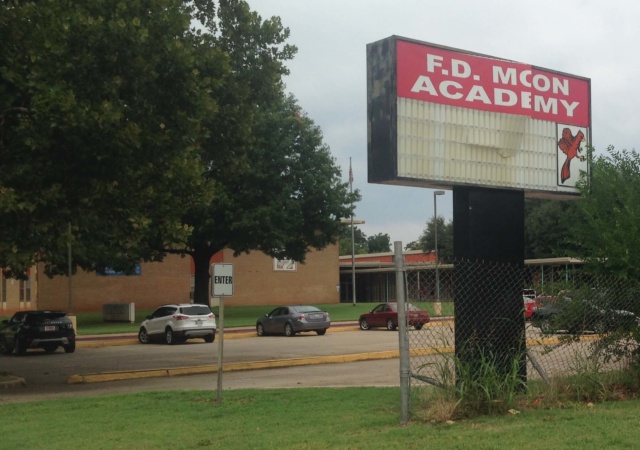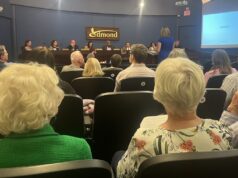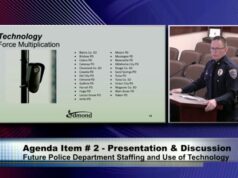

Steve Lackmeyer’s excellent analysis of suburban sprawl, Unsustainable, warns, “After decades of sprawl, Oklahoma City officials know something must change.”
Uncontrolled growth is a threat to the city’s economic well-being as well as our physical health and the environment. To paraphrase a developer, apartment growth “on the fringe” prompts expansion “beyond the fringe.” That makes it even more impossible for Oklahoma City to update its infrastructure, fill potholes and maintain water and sewage systems.
Lackmeyer also reviews the damage suburbanization did to the Oklahoma City Public School System (OKCPS). Before desegregation, the OKCPS served more than 75,000 students, but “white flight” quickly reduced the student population by nearly one half. The more complex process of suburban flight followed. While personal racism was a huge factor in that tragedy, it was the combination of developers’ undue influence, institutional racism and personal choices that put the sprawl on steroids. Segregation by personal preferences (known as the Big Sort) further frayed our city’s social fabric, wrecked our neighborhood schools and put us on the crosstown expressway to years of stagnation.
Twenty-six other school districts surround the OKCPS. The over-proliferation of magnet and charter schools has left behind many schools that served kids who were unable to avail themselves of the options others enjoyed. As a result, neighborhood schools faced insurmountable concentrations of children who have endured extreme trauma from generational poverty. So, it is no surprise that development has occurred outside the OKCPS boundaries.
In a separate article, Lackmeyer explains that the over-building of apartments on OKC’s far-north side could result in crime-ridden complexes like those on Northwest 10th Street. He also notes the problems it creates for Edmond Public Schools:
For decades, the Oklahoma City Council accommodated developers’ desires to build between NW 122 and Memorial Road — an area that fits inside of Edmond schools. And it’s this corridor that is presenting (Superintendent Brett) Towne the biggest challenges in keeping up.
The oversupply of apartments in that area was predictable. Parents make the safest decisions for their own children, as opposed to what would be best for society as a whole. The average OKCPS student is two and two-thirds years behind the average Edmond student in test scores. We should also ask, however, what is best for all of our kids, and whether schools are overcoming the deficits that too many children bring to class.
Adjusting for socioeconomic factors, student performance increases at nearly identical rates in the OKCPS and Edmond. It’s no consolation that other high-poverty Oklahoma County districts produce virtually the same outcomes (which are below the national average), while Tulsa does worse. But that’s an argument for increasing education spending, not pursuing a choice agenda that undermines neighborhood schools.
Choose a united future
Oklahoma City must control suburban sprawl as it creates an even more vibrant downtown. We should not repeat the sins of the past and promote segregation in the central city by promoting charter schools that will not retain harder-to-educate children. Even one of the fiercest proponents of choice, the Walton Foundation-funded Peter Cunningham, admits in a recent mass email from the Education Post blog that:
… the issue of choice is increasingly divisive among both White progressives and leaders of color … It’s also dividing communities of color, prompting heated debate among education and social justice advocates, elected officials and civil rights groups.
A move away from suburbia’s segregation would attract millennials. They would prefer the diversity of traditional public schools that serve all comers.
We should learn from history and build schools that sustain our values of neighborliness and fairness for all children. Let’s choose a united future, not the winners-and-losers mentality of the Big Sort.
We need a vision worthy of a 21st-century democracy with full-service community schools that tackle legacies of poverty and promote socioeconomic integration.




















